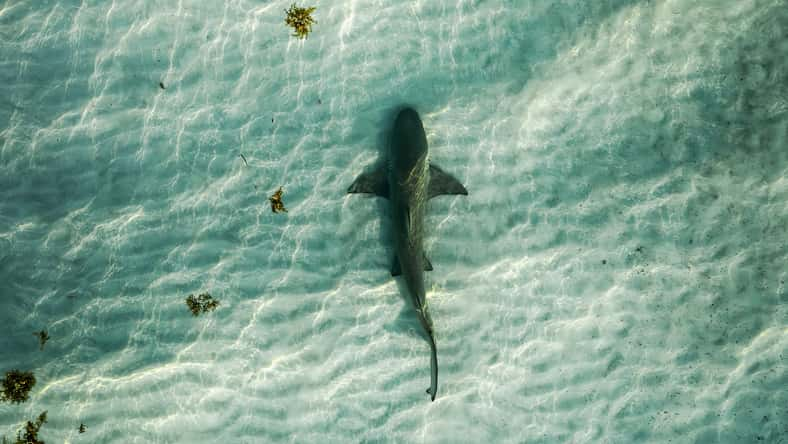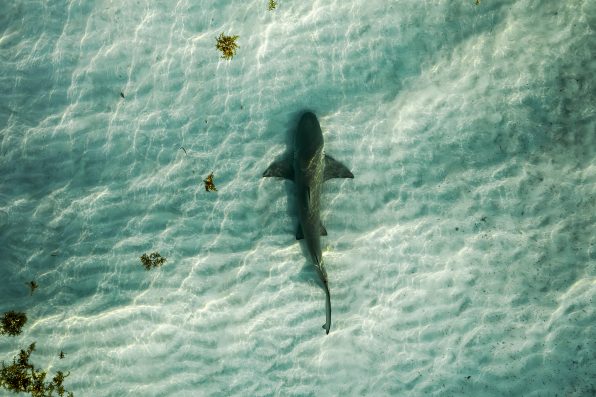A New Species Of Ancient Shark Was Identified In Kentucky After Being Found In A Cave That Was Tricky To Access

Researchers have identified a new species of ancient shark at Mammoth Cave National Park in Kentucky. The Mammoth Cave is the largest cave system in the world and is around 350 million-years-old.
During an ongoing investigation of the area for a paleontological inventory involving the collection and identification of fossils, paleontologists extracted a number of small, spoon-like teeth from a cave wall and ceiling.
They determined that the now-extinct shark was a petalodont, meaning that it is part of the petal-toothed shark family. In addition, it was more related to a modern ratfish than to other sharks and rays of today.
The new species is called Strigilodus tollesonae. The name translates to “Tolleson’s Scraper Tooth,” in honor of Kelli Tolleson, a guide at the Mammoth Cave National Park who supported the paleontological inventory efforts that started in 2019.
According to the National Park Service (NPS), some of the fossil sites were tricky to access. Many of them were located in areas with low ceilings.
Tolleson led several of the expeditions into the remote depths of the cave. Through her work and guidance, many important fossils were uncovered.
The shark teeth found in the cave matched the tooth positions in the adults and juveniles of the species.
They were spread in a fan-like fashion, with one large tooth in the middle and several smaller teeth next to it.
The teeth were also rounded and curved for the purpose of grabbing hard shell prey. The side of the tooth that faced the inside of the mouth was lengthier than the rest and had ridges used to crush their food.

Sebastian – stock.adobe.com – illustrative purposes only
Due to the structure and shape of the teeth, scientists think that the shark may have had a diet that consisted of bivalves, snails, soft-bodied worms, and smaller fish.
The shark may have resembled a stingray in appearance since it was believed to have wide fins.
Aside from the Strigilodus tollesonae, at least 70 other species of ancient fish have been found across the 25 caves and passages surveyed at Mammoth Cave.
The NPS stated that steady temperatures, slow erosion rates, and protection from sunlight, rain, and wind were all factors that contributed to the preservation of shark and fish fossils.
Sign up for Chip Chick’s newsletter and get stories like this delivered to your inbox.
More About:News





